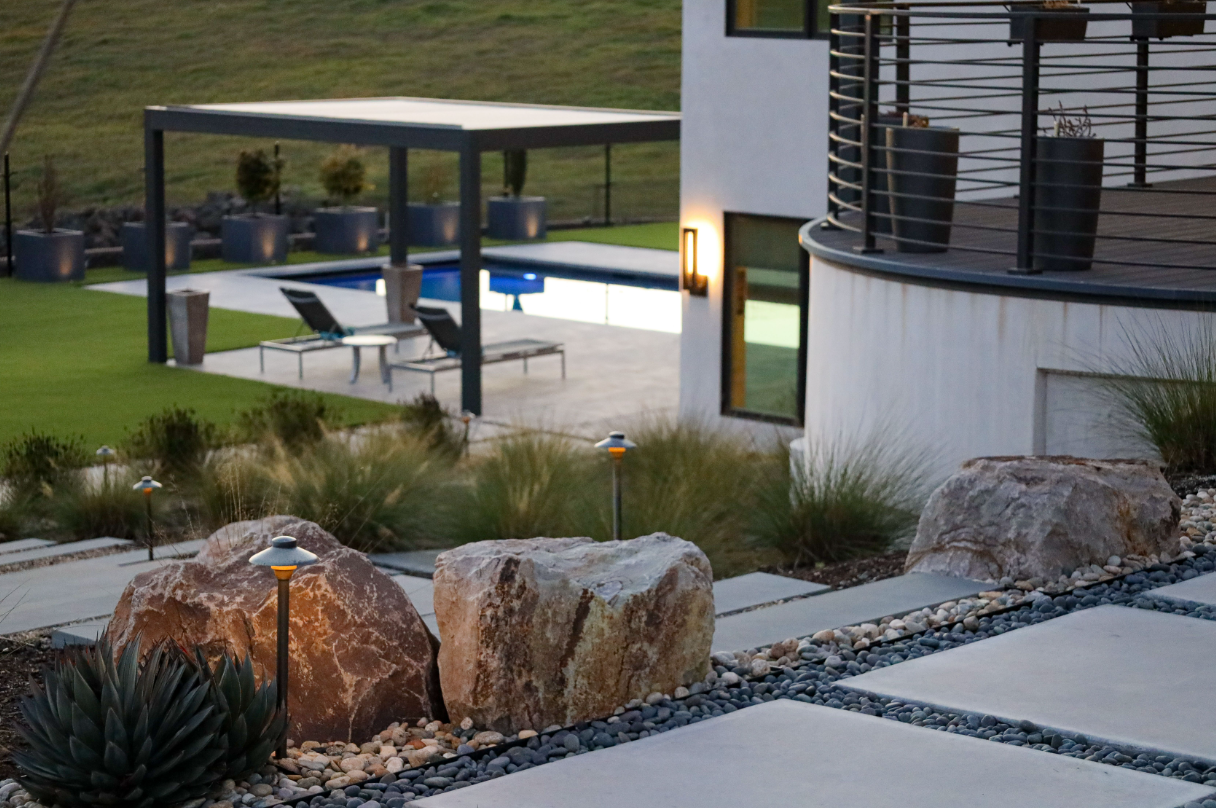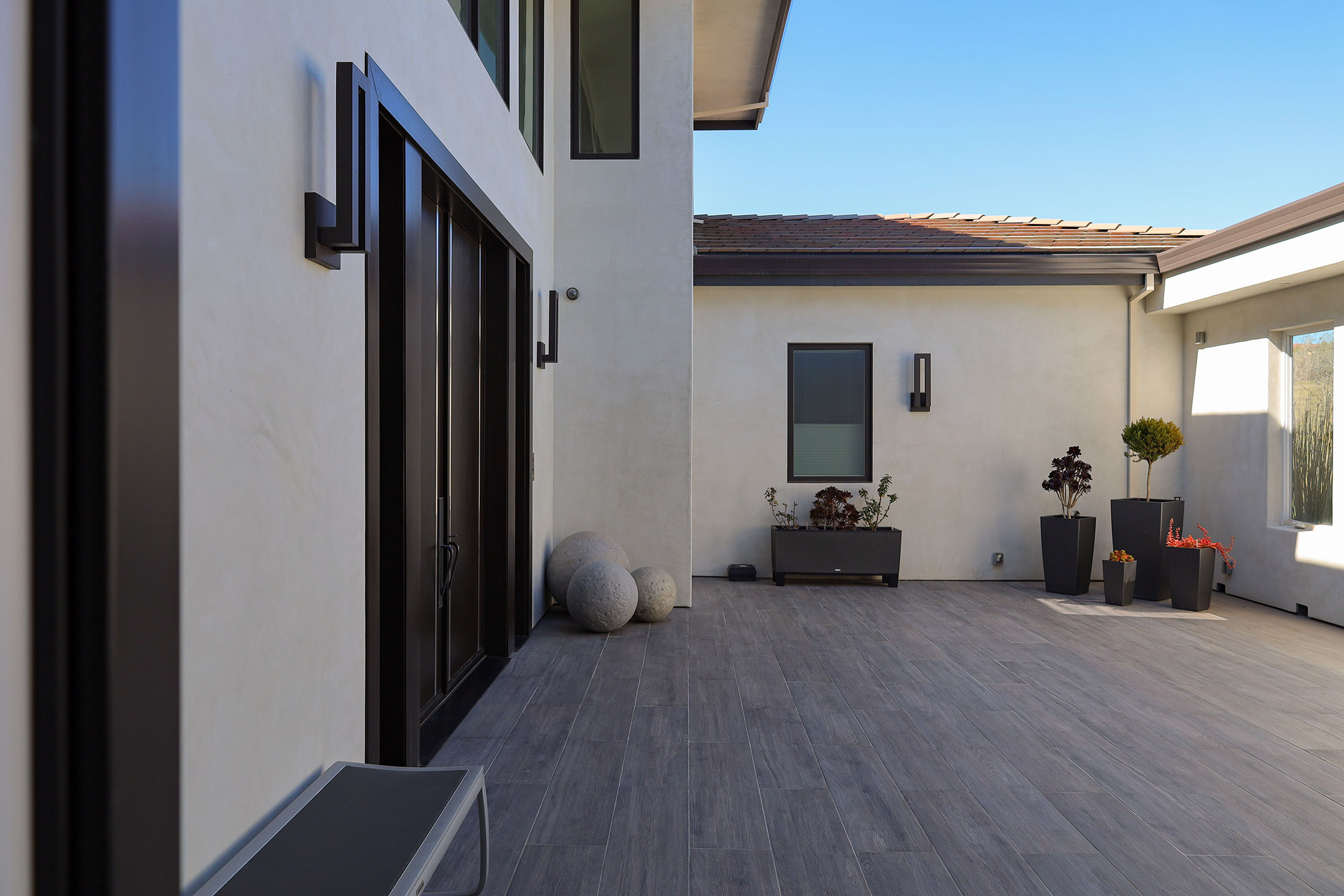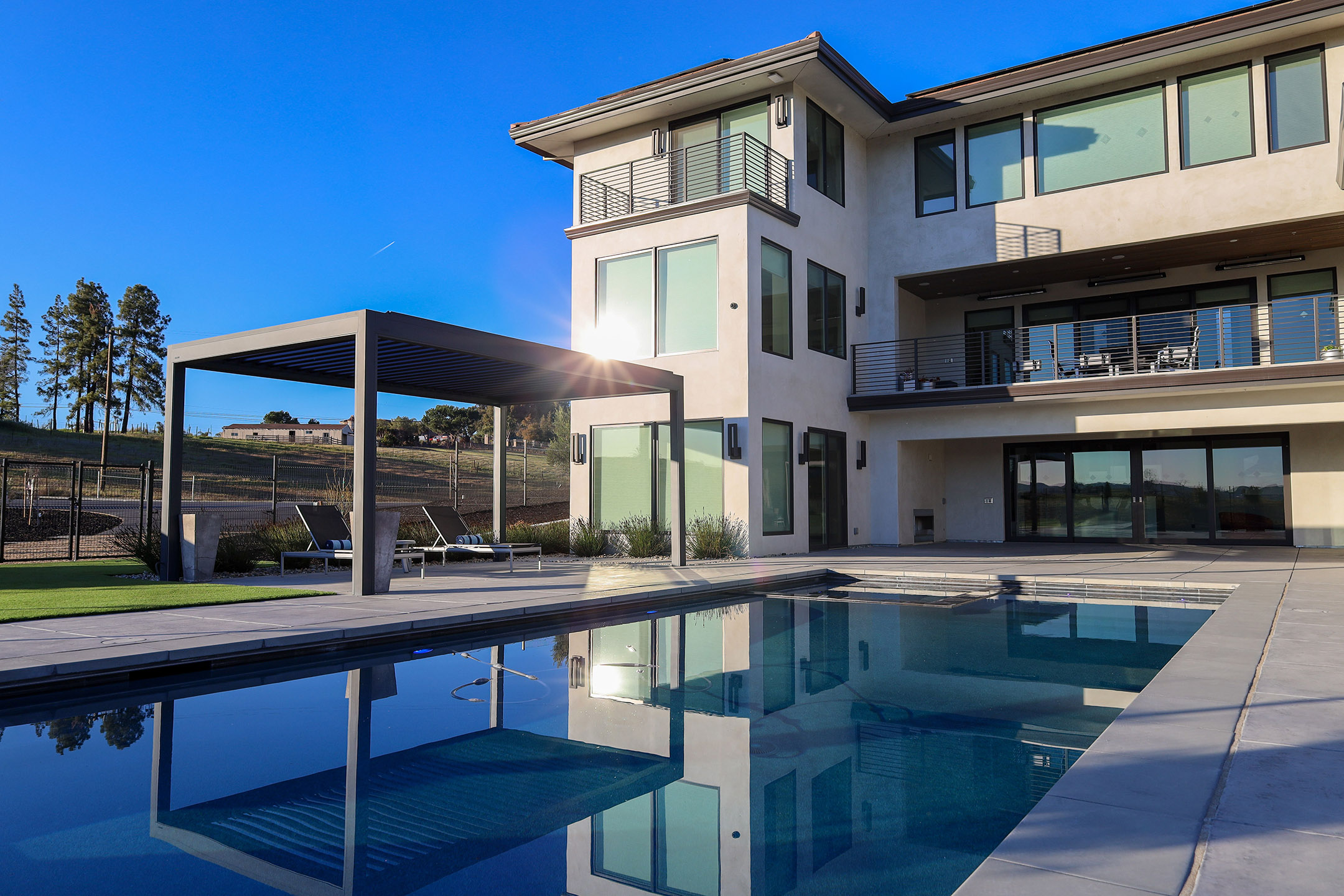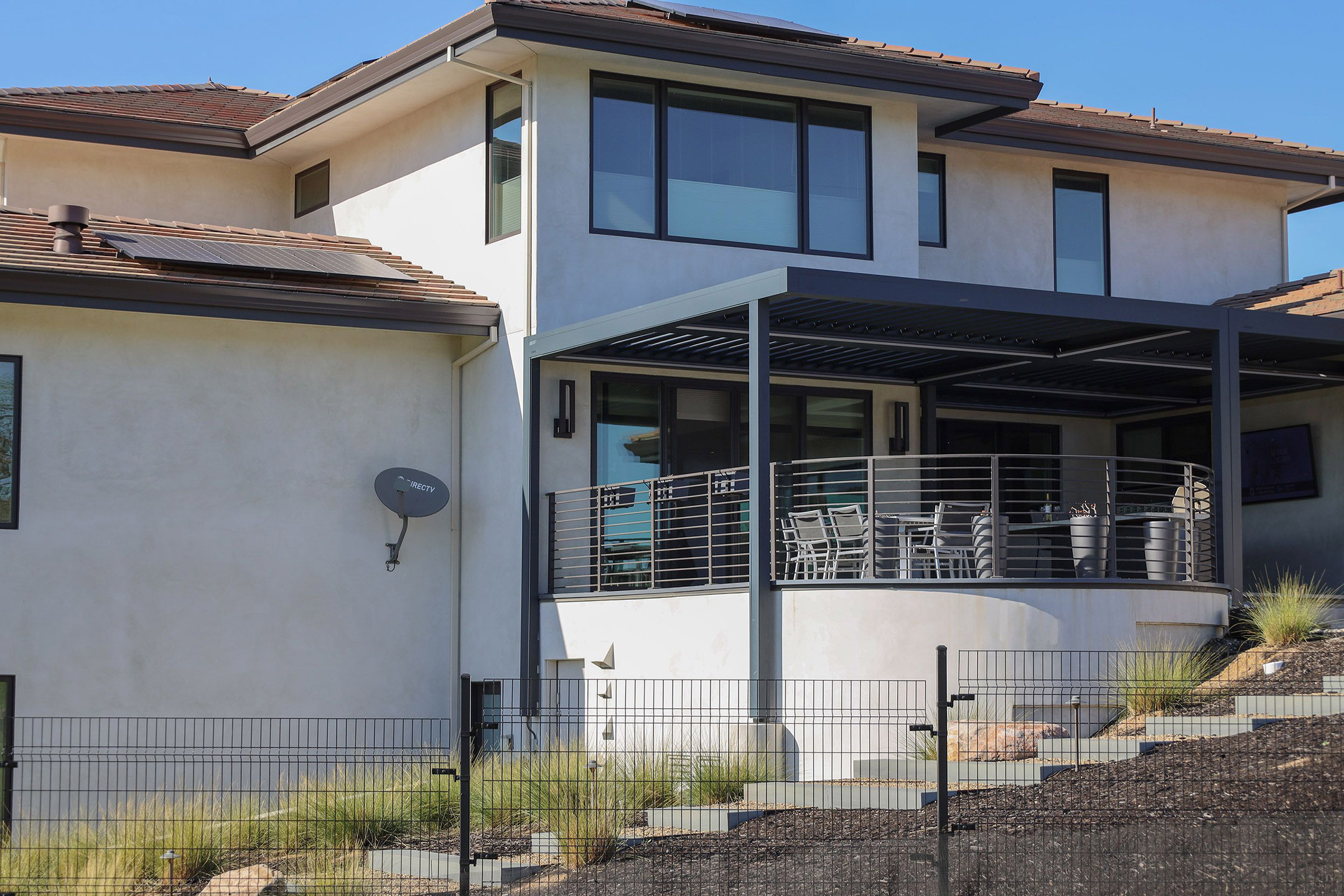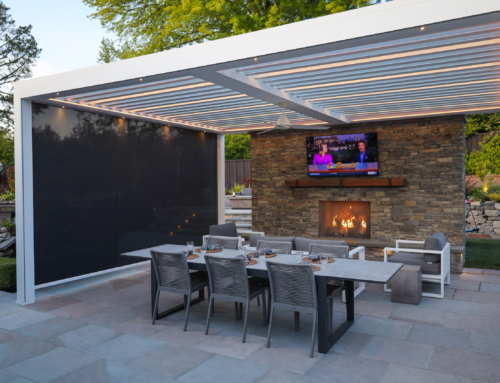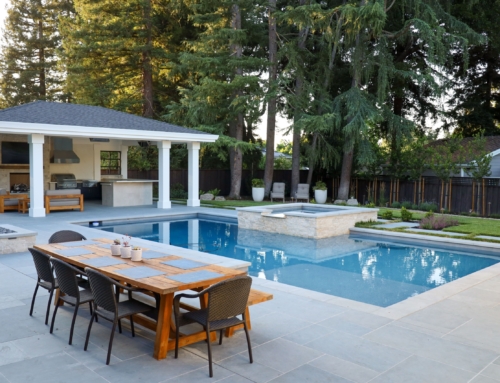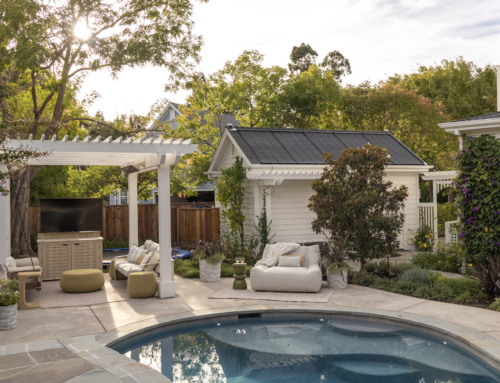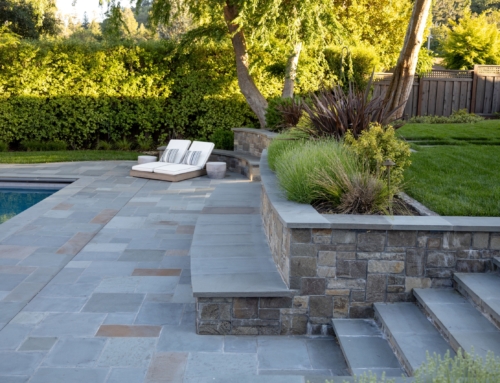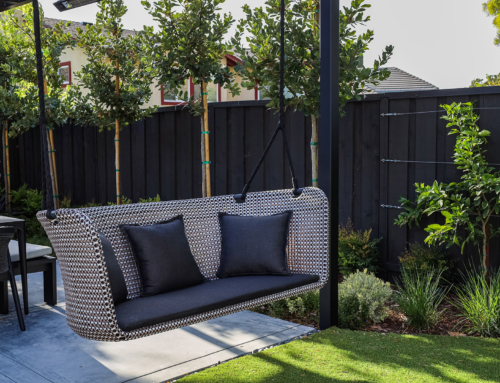Wildfire Awareness
Firescaping is a lot like travel insurance, although the hope is that it is never needed, it’s better to be prepared. According to CalFire, in the last three years alone over 1.7 million acres of land have burned in California due to wildfires. We do not say that to scare you, in fact, we say that for the exact opposite reason. We want to empower you to take preventative measures to protect your family and your home.
Since Montgomery Robbins was founded in California, we understand how vital firescaping is. Preventative fire measures are proving to be an essential part in safeguarding many residential and commercial landscapes alike. As more and more California families are faced with rebuilding after destruction in the past couple years, Landscape Architects are noticing an upward trend in clients happily implementing these preventative strategies for both peace of mind and to meet local mandates and community guidelines. Montgomery Robbins, Inc. believes in blending beauty and function when it comes to, well, everything. With that being said, firescaping strategies focus on including components that help mitigate the spread of fire throughout a property.
The “Zones”
Landscape Architects have mastered the art of making necessary elements blend seamlessly into any space. Incorporating firescaping is no different. It is common practice that the first 0-5 feet (defensible space) surrounding your home is the ‘noncombustible zone’. This means that the materials used are established as a defensive zone around your home to reduce fire intensity, if it reaches the area. Keeping the area lean, clean and green includes using materials such as gravel, pavers and fire resistant plants.
From 5-30 feet (intermediate zone) and 30-100 feet (extended zone), it is important to select plants and trees that are able to break up the fuel continuation, if possible. This includes maintenance like keeping lawns mowed and trees pruned/properly spaced. Removing fallen branches, leaving vertical spaces between plantings and leaving clear perimeters around outbuildings are all additional steps you can take to prevent the spread of embers and flames.
Fire Resistant Plantings
Another key aspect to firescaping is designing landscapes with plants that have fire-resistant qualities. Knowing the right plants and trees can provide a level of symbiosis that Landscape Architects strive to achieve in every space. Firewise options include flowering plants such as salvias (which are exceptions to the aromatic sap guideline), delphinium, penstemon and poppies. Choosing plants that are low in resin and moisture-rich lower their flammability levels. One could also plant trees including but not limited to Maple, Oaks and Dogwoods. For more options, check out this University of California article about Fire Resistant Plantings. Where each plant is located is just as important as what is planted. The deterrent is in the details!
Designing with firescaping in mind might feel limiting, but in fact, there are countless ways to do this with little to no impact to the visual appeal. Check out one of our favorite projects here – it was heavily designed with an ultra-modern look that integrated firescaping into the design. Every element is considered for their fire resistance – from hardscaping to firebreaks, irrigation to maintenance and more.
Emergency Resources
When it comes to creating and implementing landscapes with fire safety in mind, there is truth and wisdom to Smokey the Bear’s familiar phrase, “only you can prevent wildfires”. There are many precautionary measures landscape architects can implement to help prevent the spread of fires and safeguard your home. Practices such as minimizing plants up against homes in conjunction with using fire-resistant plants. Using gravel mulch in planting beds rather than bark mulch. Replacing typical wood structures such as pergolas, decks, and fences with non-combustible materials of steel and aluminum. If opportunities allow, water storage tanks are a great resource in emergencies where water is scarce. In situations where property is limited in size, swimming pools can act as an excellent water storage solution. Swimming pools and their surrounding hardscapes also act as great fire breaks to help keep fires at bay. These examples are just a few strategies Landscape Architects and homeowners can implement to help protect their homes and neighbors.
If you are interested in implementing firescaping into your property, please contact us here! We’d be happy to discuss this, or any other Landscape Architecture project you have in mind!
Thank you, Doug Robbins, for contributing your insight and expertise to this article!

